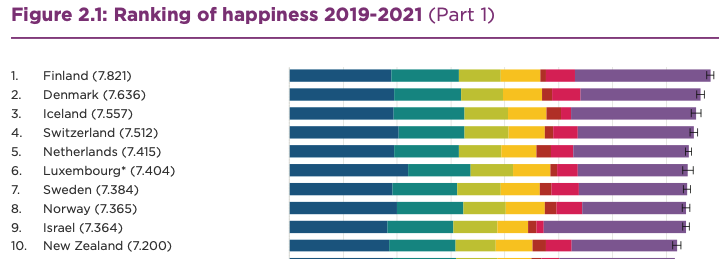IT ALL BECOMES A BLUR SOMETIMES
. . .doesn’t it?
WE ARE RUNAWAY SENTENCES
not so much looking for an unimaginable
P E R I O D
so much as just a mere
SEMI-COLON
COMMA
that’ll give us just momentary pause and relieve us from
HURRY SICKNESS
 with not even a second to spare
with not even a second to spare
a deep breath to take or reset
 Y E S
Y E S
there’s a antidote for HURRY SICKNESS
that’s never waiting to be invented
only
I M P L E M E N T E D
Many of us suffer from “hurry sickness,” the feeling that we’re perpetually behind. And NO, we don’t need to have the holidays to intensify our anxiety. We’d like to pause, take a moment for ourselves, but who has the time, might be the wrong question to ask. . .WHO DOESN’T HAVE THE TIME?
We might not recognize our habit because we believe we’re simply being efficient, multi-tasking. But here are some signs that we might need to slow down:
- We often speed, whether through traffic, conversations, or meals.
- We often rush through work tasks and household chores, to the point we sometimes have to redo them.
- We often perform time calculations to see whether we can fit in another task.
- We’re irritable when we encounter delays, hyperaware that we’re “wasting time.”
- We constantly try to find ways to “save time.”
- We have trouble focusing on one thing because we’re always running through our to-do lists.
- We have trouble investing time in truly listening to others.
We experience physical problems related to stress.
THE CURE FOR HURRY SICKNESS. . . ?
Well, why not just start today (OR HOW ABOUT NOW) by allowing ourselves a 15-minute nap, relaxing walk, or enjoyment of a book? JUST fifteen minutes of doing nothing we have to do.
(My thanks to Crystal Rapole)
Go ahead. .
P A U S E
EVERY SEED
needs a little time to
B L O O M. . .























 IT’S time to BE
IT’S time to BE